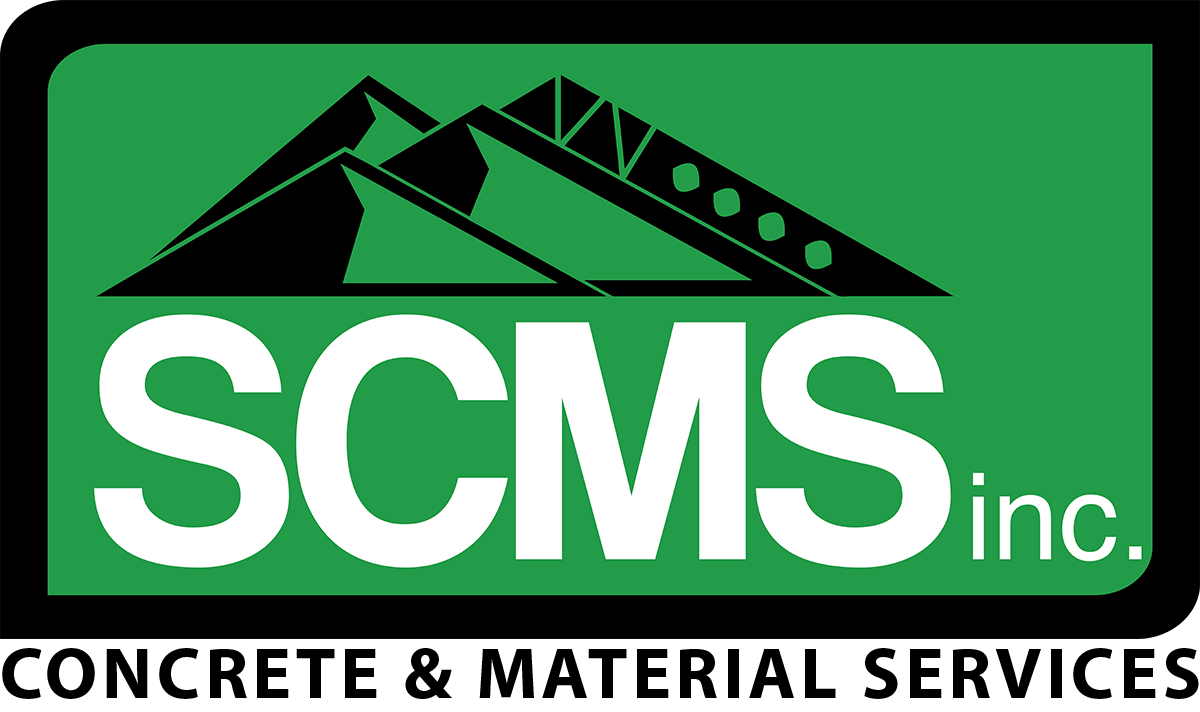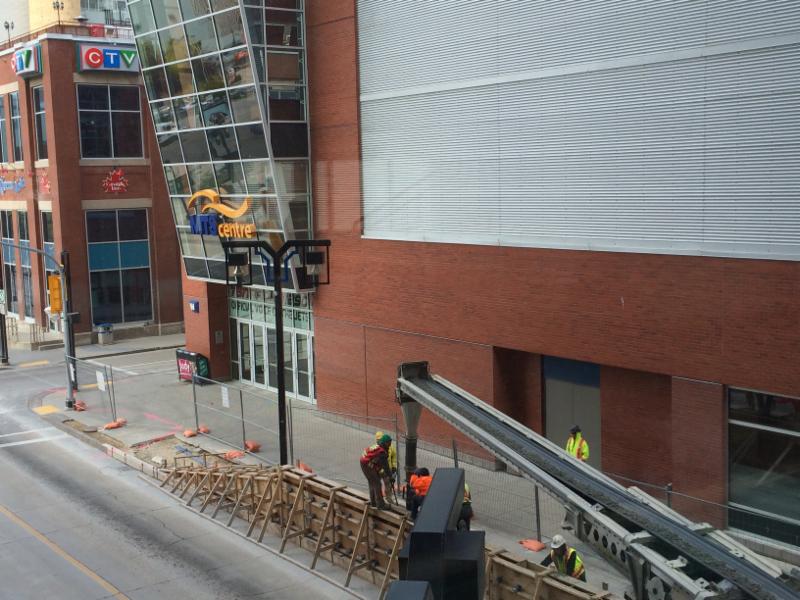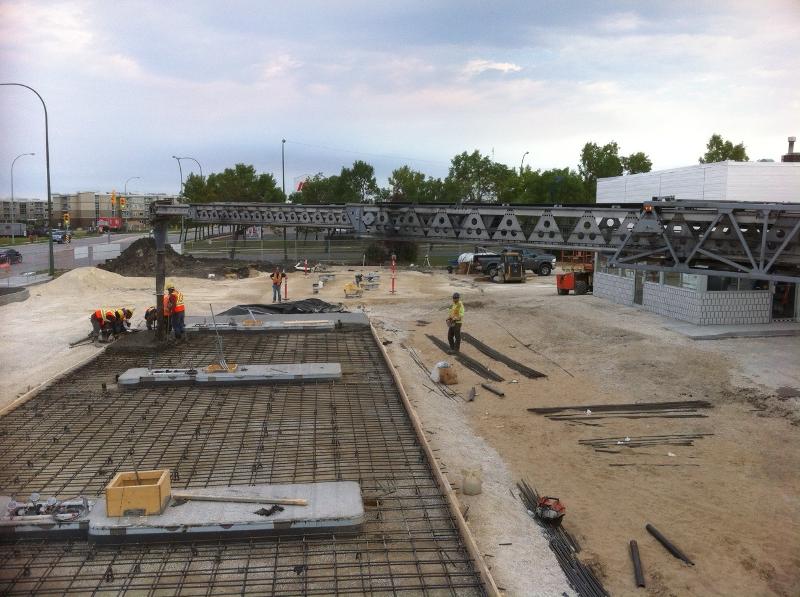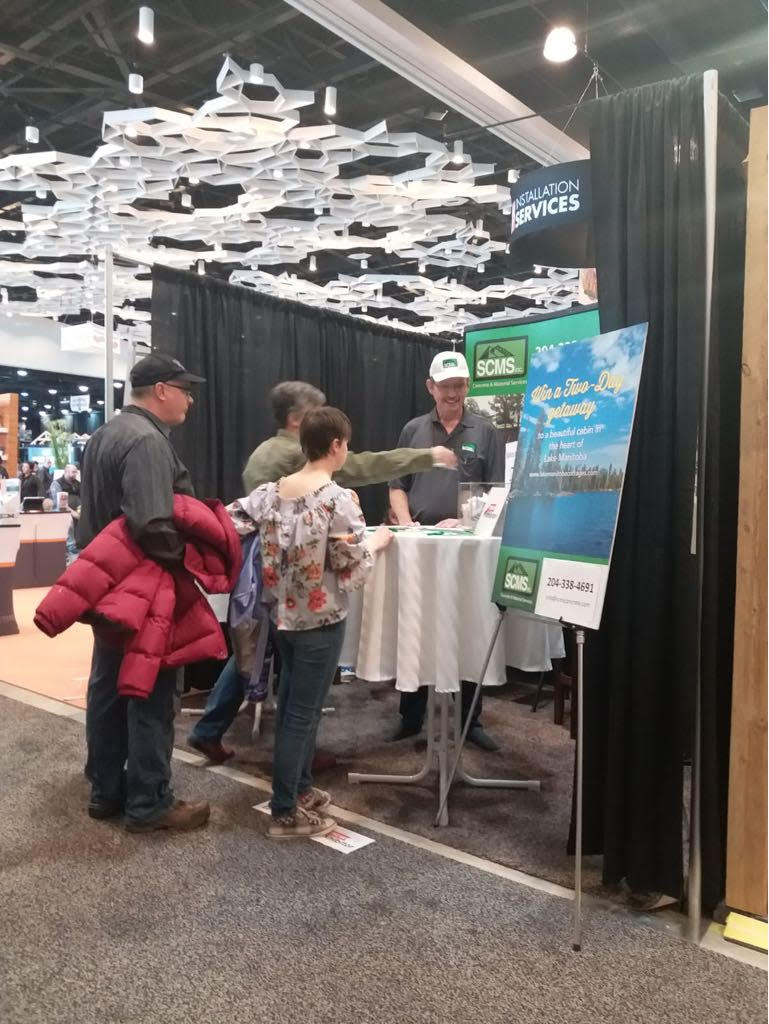Facts & Tips
Check Out: Facts & Tips on:.
- Proper Curing
- Flatwork Finishing
- Crack Control
| Proper Curing Printable PDF – Proper Curing |
Curing concrete can take anywhere from several hours to seven days, depending on the size and type of form you are pouring. Weather also plays a factor. The colder the temperature, the longer it takes to cure concrete.
|
Finishing Concrete Flatwork Tips
|
Crack Control
|













